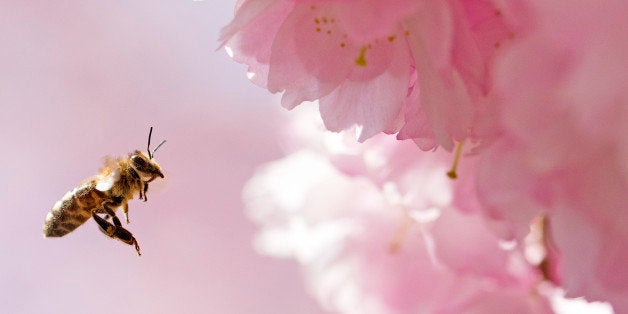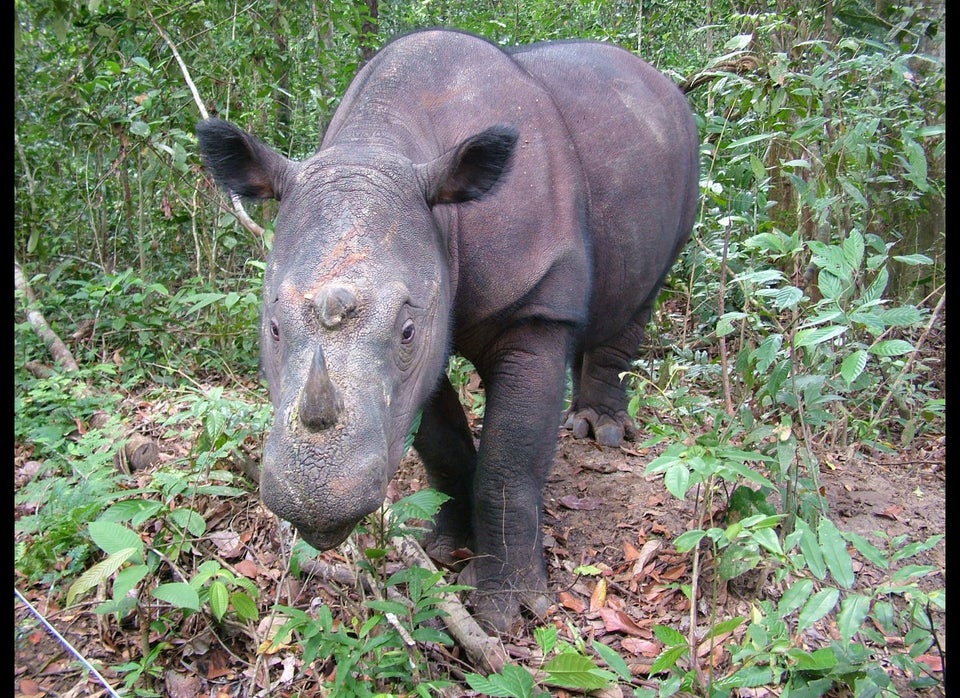
Bees may be getting buzzed on a harmful insecticide contributing to their massive decline, researchers reported Wednesday.
Two studies released by the journal Nature found that neonicotinoids, a common type of insecticide chemically related to nicotine, are both harmful and attractive to bees, much like cigarettes are to humans.
“What I think is happening is that neonicotinoids are essentially having a pharmacological effect on the neurons in the bees’ brains,” study author Geraldine Wright said at a press conference, Take Part reported. “Like nicotine, they’re essentially amplifying the rewarding qualities of the sucrose solution. The bees think it’s more rewarding so they go back to that tube to drink more of it ... As soon as it gets into their blood, they are getting a ‘buzz.’”
The other study echoed findings from past research that indicate insecticides may be contributing to bee decline, known as colony collapse disorder. Researchers compared 16 rapeseed fields, eight treated with neonicotinoids and eight untreated. Over time, they found that honeybee density remained unchanged in both fields, but wild bee density was about half the size in the treated field of what it was in the insecticide-free one.
“I’m worried about the effects on wild bees,” study author Maj Rundlöf told Nature in a press release.
The bees' different responses alerted Rundlöf to a possible problem with past attempts to understand colony collapse disorder. “Honeybees are the model organism that is used in toxicity testing for pesticides,” she said, which could explain why other studies have not identified negative effects.
The current, unexplained decline in bee populations came to light in 2006, the United States Department of Agriculture notes, when some beekeepers began reporting 30-90 percent hive loss. About one-third of crops from western nations rely on bees' role as pollinators, National Geographic notes, and they contribute more than $15 billion to U.S. crop production.
The studies' findings come at a critical time, as the U.S. is currently reevaluating its stance on insecticides. Earlier this month, the Environmental Protection Agency announced that it was not likely to approve applications for new uses of neonicotinoids until new bee data and pollinator risk assessments are complete.
Neonicotinoids have come under scrutiny for their effect on bees for several years, but agricultural organizations have contested limiting their use and scientists stand on both sides of the argument, Nature reports. Amid the debate, the European Union decided to implement a two-year moratorium in 2013 following a European Food Safety Authority report that identified "high acute risks" for bees exposed to some crops. They will revisit the ban at the end of this year, taking any relevant research into account.
At least eight U.S. cities have also banned them, with Portland, Oregon, doing so earlier this month.

